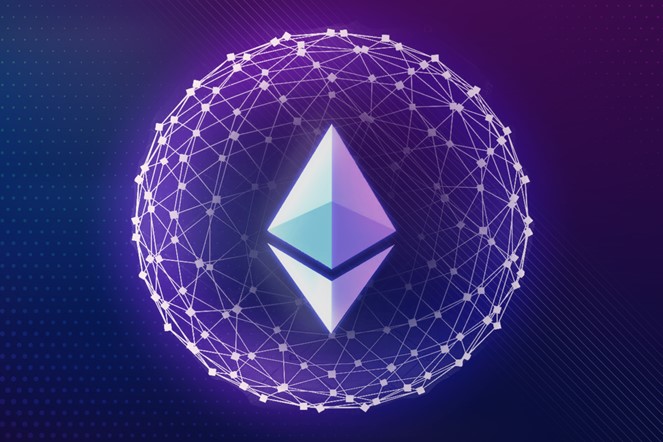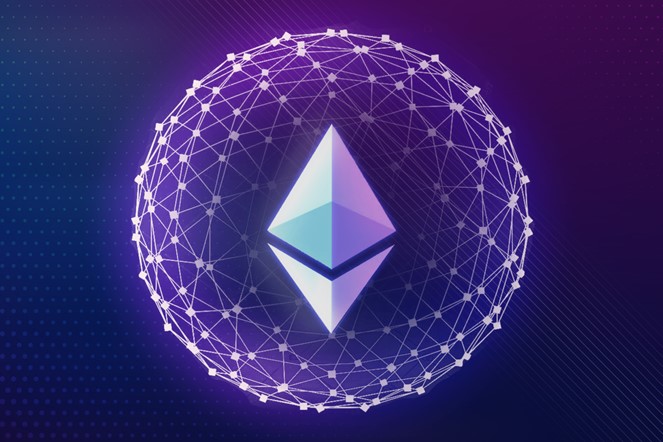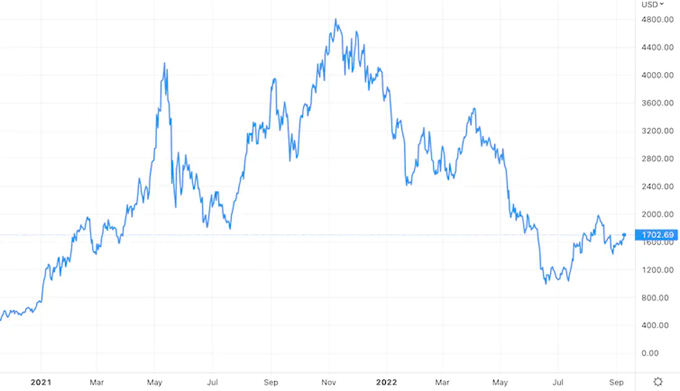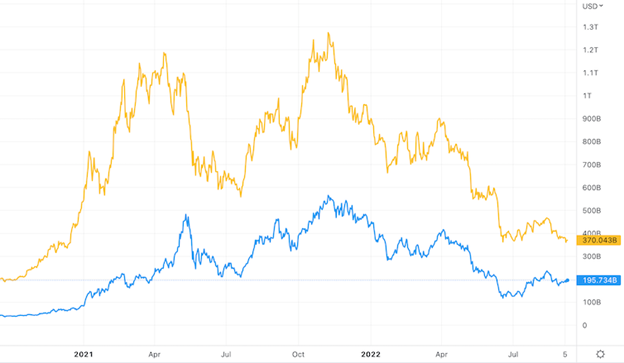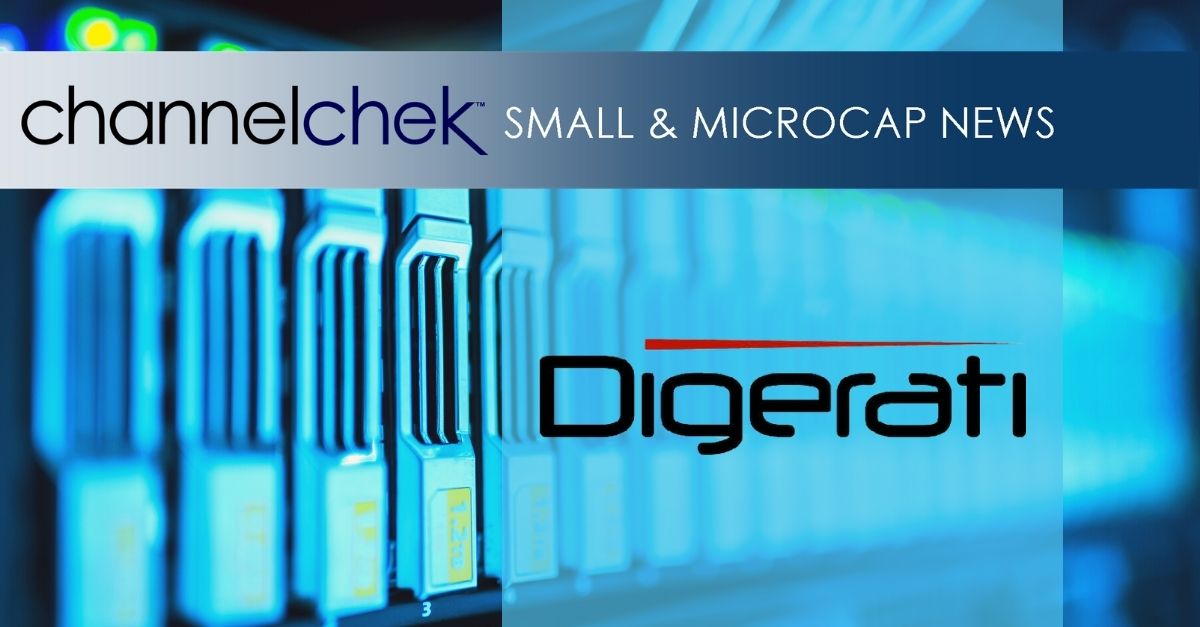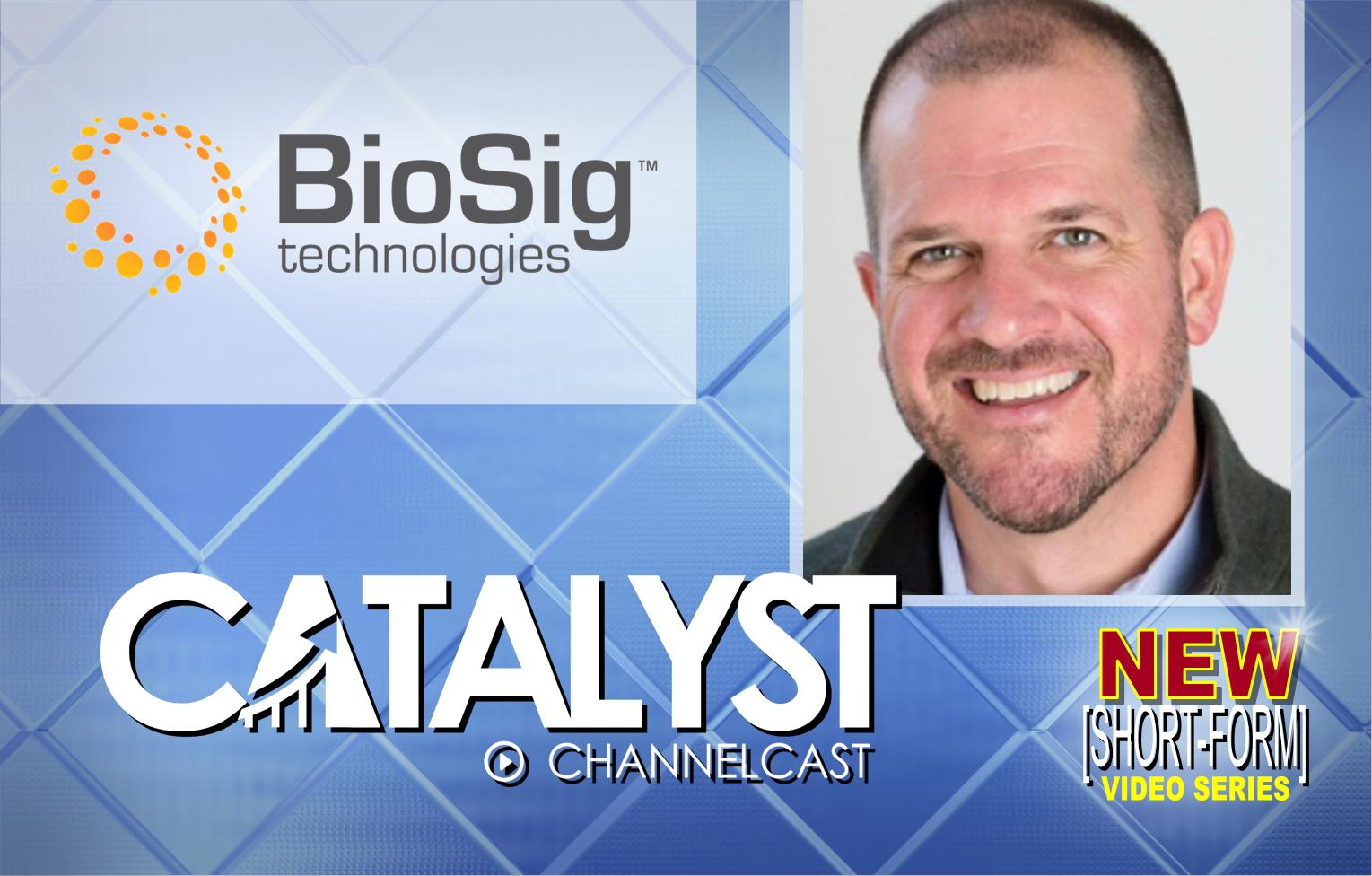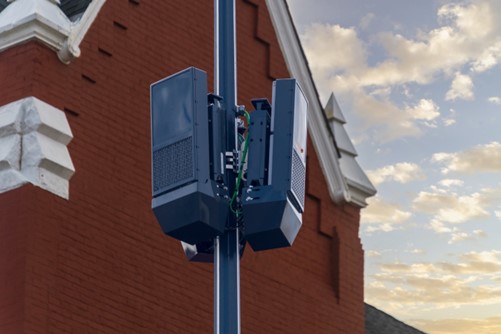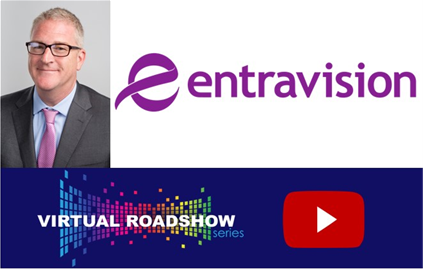Research, News, and Market Data on DTGI
Transaction Results in $105 Million Enterprise Valuation for Digerati Technologies
SAN ANTONIO, TX (GlobeNewswire) – September 6, 2022 – Digerati Technologies, Inc. (OTCQB: DTGI) (“Digerati” or the “Company”), a provider of cloud services specializing in UCaaS (Unified Communications as a Service) solutions for the small to medium-sized business (“SMB”) market, is pleased to announce its signing of a definitive business combination agreement with Minority Equality Opportunities Acquisition Inc. (NASDAQ: MEOA) (“MEOA”), which is the first Minority led special purpose acquisition company to list on NASDAQ with the mission of executing a business combination with a minority owned, led or founded business.
Highlights of the transaction include:
- Transaction to result in Digerati becoming a listed company on NASDAQ and delisting from OTC Market.
- Combined company to have an initial equity value of approximately $228 million translating into an enterprise value of approximately $145 million, assuming no redemptions by MEOA stockholders.
- MEOA currently has approximately $129.9 million cash in trust as of September 2, 2022.
- New capital and being a NASDAQ listed company is expected to provide Digerati with flexibility for additional strategic and accretive acquisitions in the UCaaS sector.
- The current Digerati management team will continue to operate the business.
- The current Digerati Board of Directors will remain with one additional director to be appointed by the Company and Shawn D. Rochester, CEO of MEOA, joining the Company’s Board of Directors at the closing of the transaction.
- All existing Digerati shareholders will receive 100% of their equity in the pro forma company.
Arthur L. Smith, Chief Executive Officer of Digerati, stated, “This business combination that results in a NASDAQ listing for our Company positions us for continued growth in a rapidly expanding and highly-fragmented market. We believe being a NASDAQ listed company, along with our financial partnership with Post Road Group, will facilitate acceleration of our M&A strategy in a market with a healthy pipeline of acquisition candidates. This transaction will also contribute to organic growth as we continue providing small to medium-sized businesses with robust solutions and superior customer service tailored for this market segment. We believe this is an ideal transaction for current Digerati shareholders since it avoids a reverse stock split that is customary under a re-IPO event associated with an uplist to NASDAQ or NYSE.”
Shawn Rochester, Chairman and Chief Executive Officer of MEOA, said, “Digerati is well-positioned as an emerging provider of UCaaS solutions to the small and medium-sized business market. The proposed merger with MEOA capitalizes Digerati and, with improved access to capital, enables the Company to continue with its organic growth and acquisition strategy. The Digerati team has demonstrated operational and M&A expertise over the past few years and this transaction will better equip them to continue on their acquisitive path of increasing shareholder value. This proposed merger is also consistent with MEOA’s mission, vision and purpose because (1) in addition to its operational and M&A expertise, Digerati is a minority founded and led business with a very diverse management team (with its CEO, CFO and EVP being of Hispanic ethnicity) and an employee base that is almost 50% minority, (2) it also provides access to capital at scale to help unleash transformative growth for a minority led and founded business that has assembled a great management team, developed great products and solutions, and staked out a strong competitive position in the marketplace, and (3) Digerati’s UCaaS platform has the ability to help empower to over 20 million small businesses in America that are run by minorities and women through its first-class suite of communication products.”
Transaction Overview
The combined company is expected to have a total pro forma equity value of approximately $228 million translating into an enterprise value of approximately $145 million, with the proposed business combination to provide access to capital of up to approximately $121 million from the cash held in trust by MEOA, assuming no redemptions from MEOA stockholders. All references to available cash from the trust account and retained transaction proceeds are subject to any redemptions by the public stockholders of MEOA and payment of transaction fees and expenses. As part of the transaction, all Digerati shares owned by Digerati’s existing equity holders will be converted to common stock of the pro forma company.
The transaction, which has been approved by the Boards of Directors of both of Digerati and MEOA, is expected to close in the fourth quarter of CY 2022. The transaction remains subject to NASDAQ approving MEOA’s initial listing application in connection with the merger, approval by both MEOA and Digerati shareholders, as well as other customary closing conditions.
Additional information about the proposed transaction, including a copy of the business combination agreement, will be provided in a Current Report on Form 8-K to be filed by both Digerati and MEOA with the Securities and Exchange Commission (the “SEC”).
Advisors
Maxim Group LLC acted as financial advisor and Lucosky Brookman LLP acted as legal counsel to Digerati in connection with the transaction. PGP Capital Advisors, LLC and Vaughan Capital Advisors, LLC acted as financial advisors to MEOA, and Pryor Cashman LLP acted as legal counsel for MEOA.
About Minority Equality Opportunities Acquisition Inc.
Minority Equality Opportunities Acquisition Inc. is a blank check company, also commonly referred to as a special purpose acquisition company, or SPAC, organized under the laws of the Delaware and formed for the purpose of effecting a merger, share exchange, asset acquisition, share purchase, reorganization or similar business combination with companies that are minority owned, led or founded.
About Digerati Technologies, Inc.
Digerati Technologies, Inc. (OTCQB: DTGI) is a provider of cloud services specializing in UCaaS (Unified Communications as a Service) solutions for the business market. Through its operating subsidiaries NextLevel Internet (NextLevelinternet.com), T3 Communications (T3com.com), Nexogy (Nexogy.com), and SkyNet Telecom (Skynettelecom.net), the Company is meeting the global needs of small businesses seeking simple, flexible, reliable, and cost-effective communication and network solutions including, cloud PBX, cloud telephony, cloud WAN, cloud call center, cloud mobile, and the delivery of digital oxygen on its broadband network. The Company has developed a robust integration platform to fuel mergers and acquisitions in a highly fragmented market as it delivers business solutions on its carrier-grade network and Only in the Cloud™. For more information, please visit www.digerati-inc.com and follow DTGI on LinkedIn, Twitter and Facebook.
INVESTMENT IN ANY SECURITIES DESCRIBED HEREIN HAS NOT BEEN APPROVED OR DISAPPROVED BY THE SEC OR ANY OTHER REGULATORY AUTHORITY NOR HAS ANY AUTHORITY PASSED UPON OR ENDORSED THE MERITS OF THE OFFERING OR THE ACCURACY OR ADEQUACY OF THE INFORMATION CONTAINED HEREIN. ANY REPRESENTATION TO THE CONTRARY IS A CRIMINAL OFFENSE.
No Offer or Solicitation
This communication does not constitute an offer to sell or the solicitation of an offer to buy any securities, or a solicitation of any vote or approval, nor shall there be any sale of securities in any jurisdiction in which such offer, solicitation or sale would be unlawful prior to registration or qualification under the securities laws of any such jurisdiction.
Important Information and Where to Find It
This press release is being made in respect of the proposed business combination transaction involving MEOA and Digerati. The parties intend to file a registration statement on Form S-4 (or such other form as they might determine to be applicable) with the SEC, which will include a proxy statement for MEOA and Digerati shareholders and which will also serve as a prospectus related to offers and sales of the securities of the combined entity. MEOA will also file other documents regarding the proposed transaction with the SEC. A definitive proxy statement/prospectus will also be sent to the stockholders of MEOA and Digerati, seeking required stockholder approval. Before making any voting or investment decision, investors and security holders of MEOA and Digerati are urged to carefully read the entire registration statement and proxy statement/prospectus, when they become available, and any other relevant documents filed with the SEC, as well as any amendments or supplements to these documents, because they will contain important information about the proposed transaction. The documents filed with the SEC may be obtained free of charge at the SEC’s website at www.sec.gov.
In addition, the documents filed with the SEC may be obtained free of charge from MEOA’s website at https://www.meoaus.com and from Digerati’s website at https://digerati-inc.com.
Participants in the Solicitation
MEOA, Digerati and certain of their respective Directors and Executive Officers may be deemed to be participants in the solicitation of proxies from stockholders, in favor of the approval of the merger. Information regarding MEOA’s and Digerati’s Directors and Executive Officers and other persons who may be deemed participants in the solicitation may be obtained by reading the registration statement and the proxy statement/prospectus and other relevant documents filed with the SEC when they become available. Free copies of these documents may be obtained as described above.
Forward-Looking Statements
This press release includes certain statements that are not historical facts but are forward-looking statements for purposes of the safe harbor provisions under the applicable securities laws. Forward-looking statements generally are accompanied by words such as “believe,” “may,” “will,” “estimate,” “continue,” “anticipate,” “intend,” “expect,” “should,” “would,” “plan,” “predict,” “potential,” “seem,” “seek,” “future,” “outlook,” and similar expressions that predict or indicate future events or trends or that are not statements of historical matters.
These forward-looking statements include, but are not limited to, statements regarding the terms and conditions of the proposed business combination and related transactions disclosed herein, the timing of the consummation of such transactions, assumptions regarding shareholder redemptions and the anticipated benefits and financial position of the parties resulting therefrom. These statements are based on various assumptions and/or on the current expectations of MEOA or Digerati’s management. These forward-looking statements are provided for illustrative purposes only and are not intended to serve as and must not be relied on by any investor or other person as, a guarantee, an assurance, a prediction or a definitive statement of fact or probability. Actual events and circumstances are difficult or impossible to predict and will differ from assumptions. Many actual events and circumstances are beyond the control of MEOA and/or Digerati. These forward-looking statements are subject to a number of risks and uncertainties, including but not limited to general economic, financial, legal, political and business conditions and changes in domestic and foreign markets; the amount of redemption requests made by MEOA’s public shareholders; NASDAQ’s approval of MEOA’s initial listing application; changes in the assumptions underlying Digerati’s expectations regarding its future business; the effects of competition on Digerati’s future business; and the outcome of judicial proceedings to which Digerati is, or may become a party.
If the risks materialize or assumptions prove incorrect, actual results could differ materially from the results implied by these forward-looking statements. There may be additional risks that Digerati and MEOA presently do not know or currently believe are immaterial that could also cause actual results to differ materially from those contained in the forward-looking statements. In addition, forward-looking statements reflect expectations, assumptions, plans or forecasts of future events and views as of the date of this press release. Digerati and MEOA anticipate that subsequent events and developments will cause these assessments to change. However, while Digerati and/or MEOA may elect to update these forward-looking statements at some point in the future, each of Digerati and MEOA specifically disclaims any obligation to do so, except as required by applicable law. These forward-looking statements should not be relied upon as representing Digerati’s or MEOA (or their respective affiliates’) assessments as of any date subsequent to the date of this press release. Accordingly, undue reliance should not be placed upon the forward-looking statements.
Facebook: Digerati Technologies, Inc.
Twitter: @DIGERATI_IR
LinkedIn: Digerati Technologies, Inc.
Investors
ClearThink
Brian Loper
bloper@clearthink.capital
(347) 413-4234


